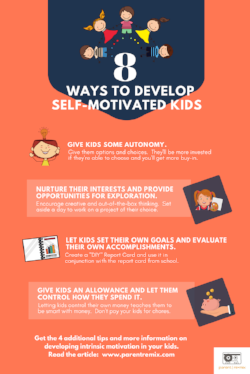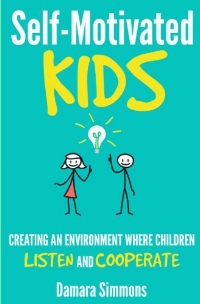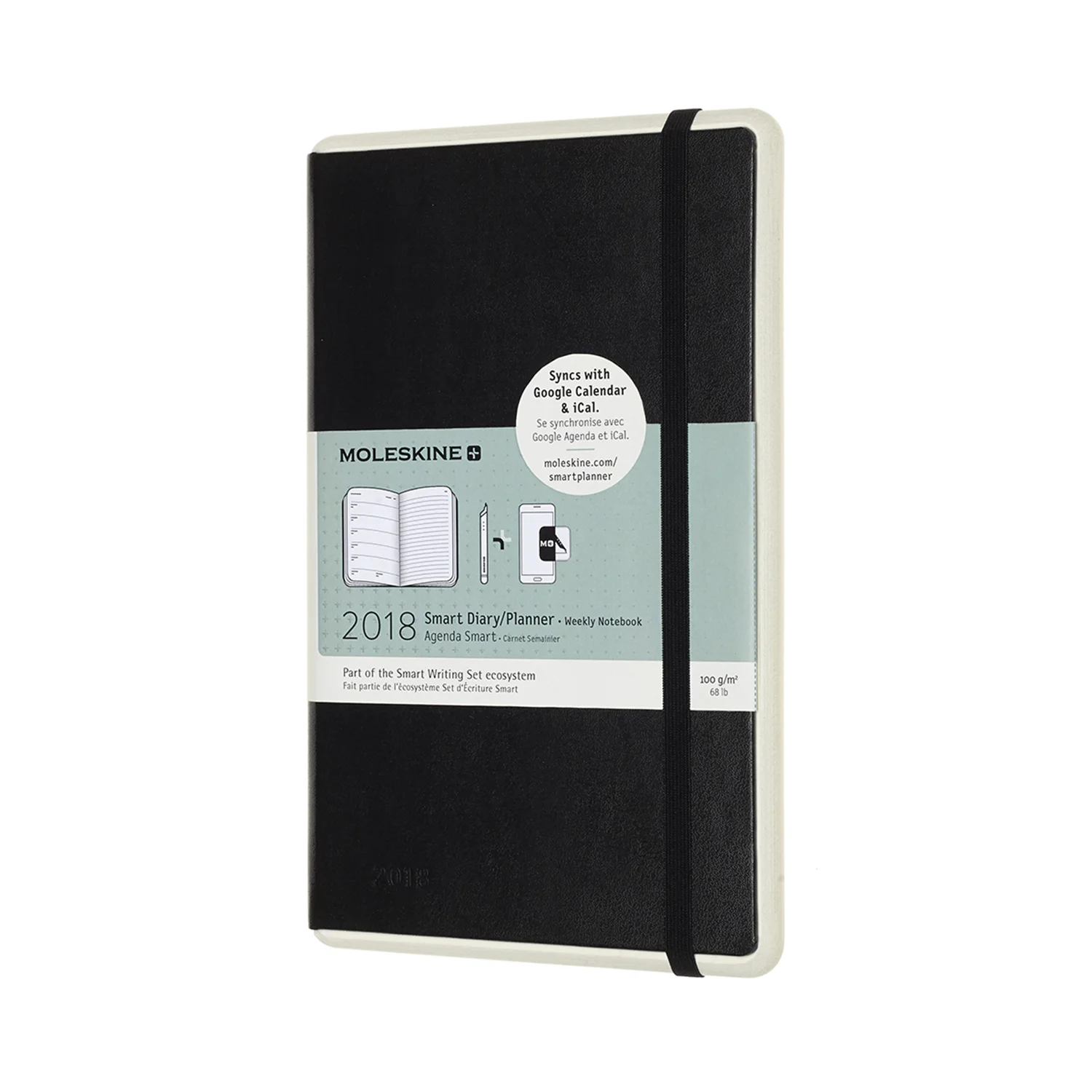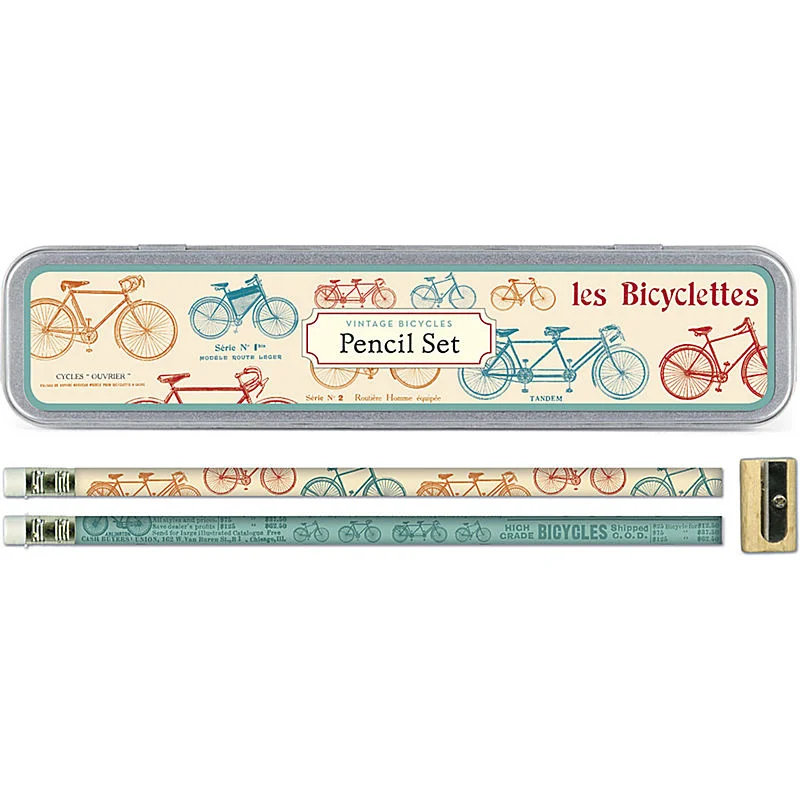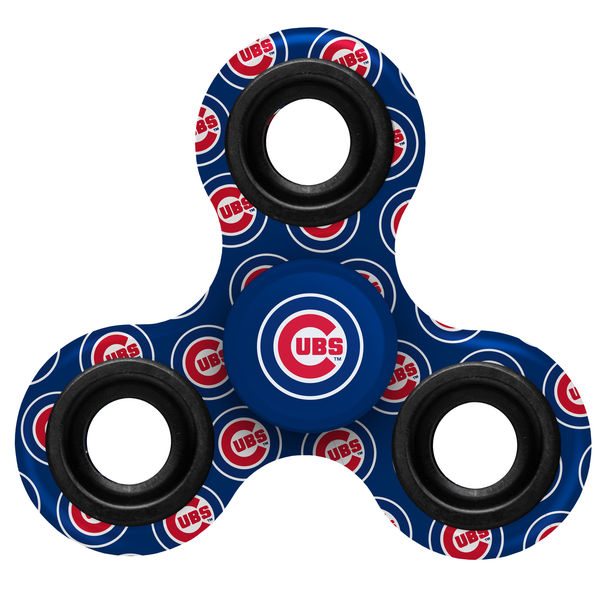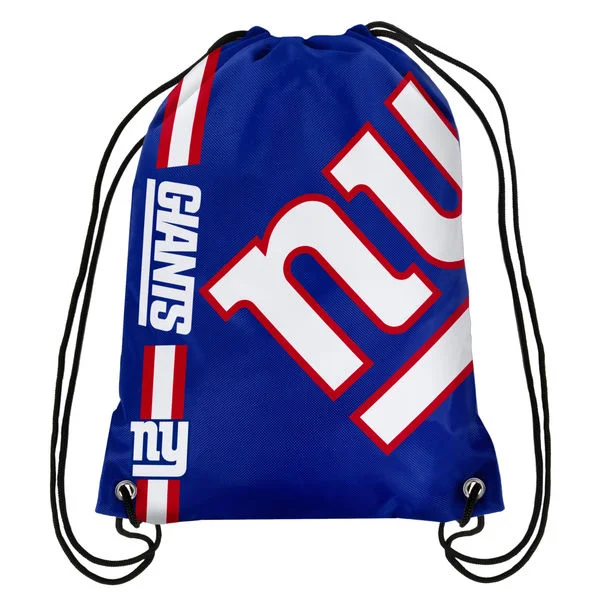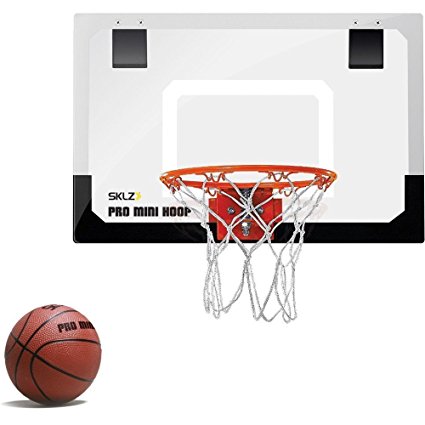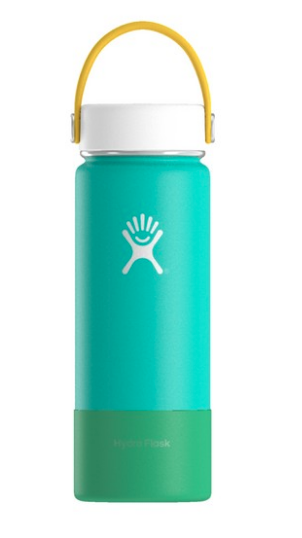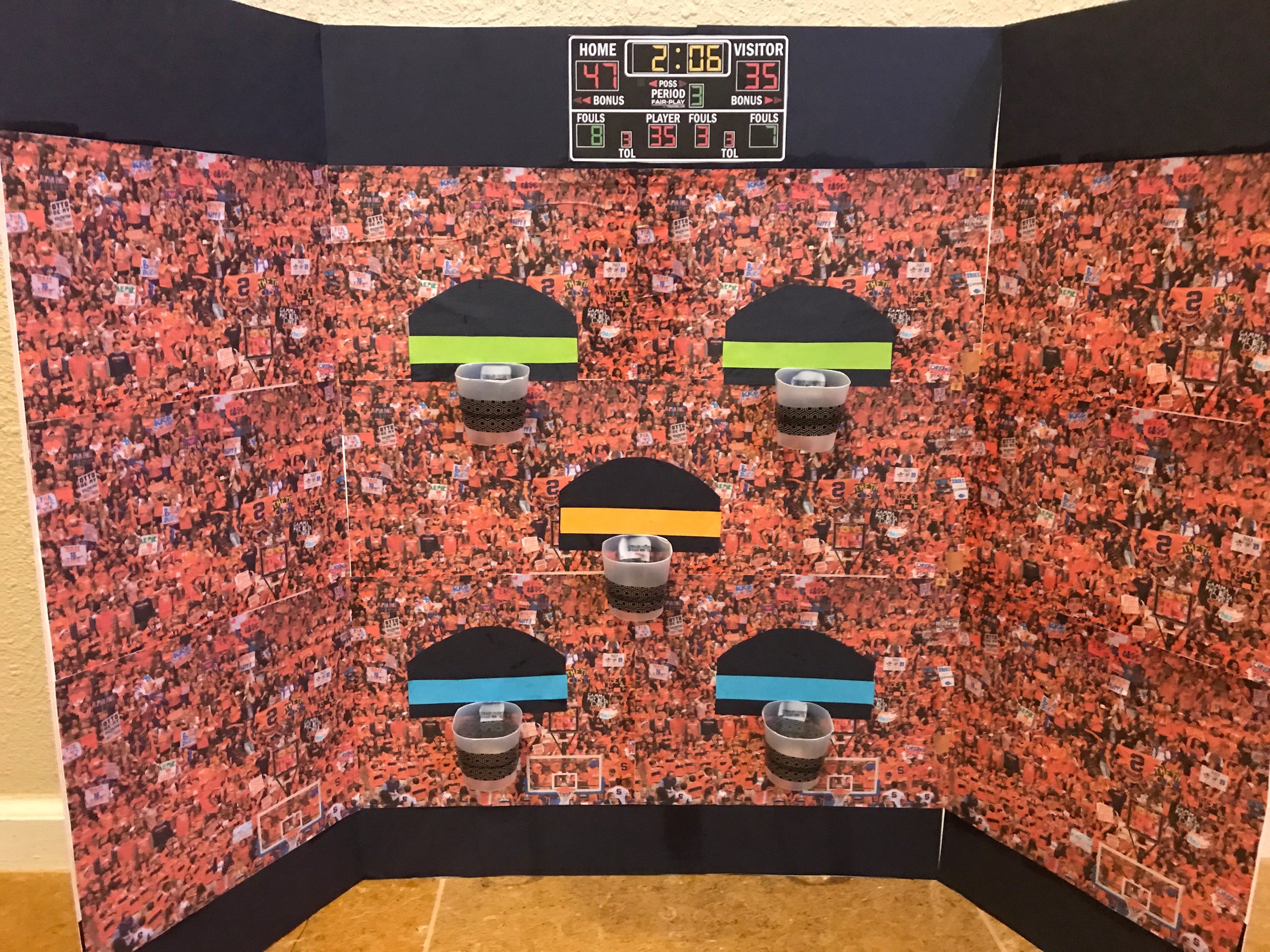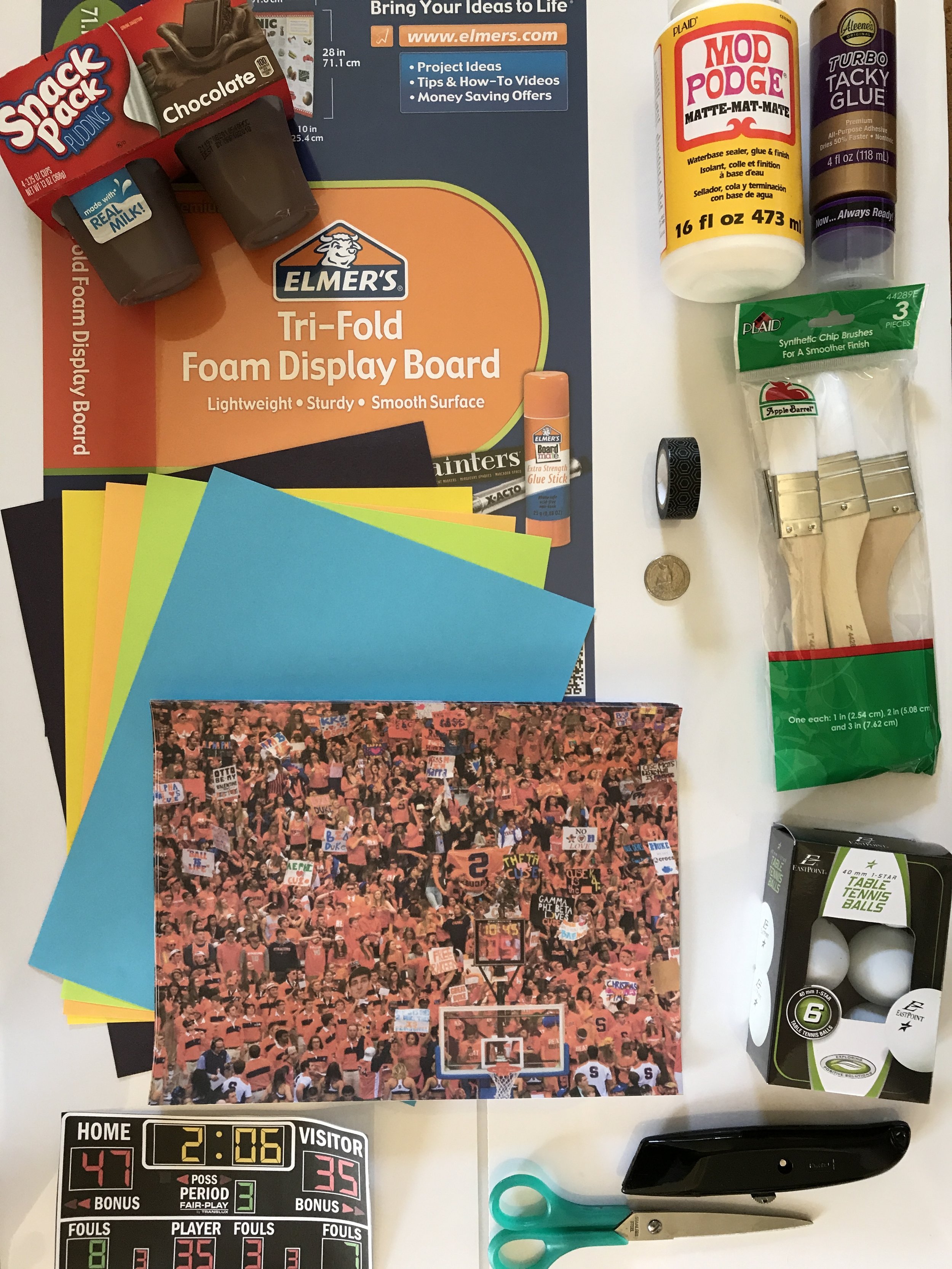A Tween and Teen Boy's Guide: How To Keep Busy When You Can't Go Out
/Note: This post contains affiliate links. Parent Remix is a participant in the Amazon Services LLC Associates Program, an affiliate advertising program designed to provide a means for sites to earn advertising fees by advertising and linking to Amazon.com. This means that I may receive a small commission (at no cost to you) if you purchase something through those links.
There’s no way to deny that we’re currently living in “unprecedented” times. We’ve all learned new vocabulary like ”social distancing”, “shelter-in-place”, and “pandemic”. And we’re all adjusting to our new reality (at least for the foreseeable near future) like both parents working from home, curfews, and no school, get-togethers, sports practices or games. It’s pretty weird. Our family hasn’t had this much time together since my boys were little.
Given all this newfound time, we started cleaning out closets, washing windows, pressure washing sidewalks, making and rearranging furniture, and fixing all the little things that went ignored for a long time.
Needless to say, my kids did not find these activities to be fun. They wanted to sit around and play video games all day!
So I asked them to tell me what they considered to be fun (aside from their phones, YouTube, TikTok, and video games). I asked for their top 5 recommendations for activities and products to keep them busy when they’re cooped up indoors. I hope some of their recommendations can help you keep your tweens and teens busy (or at least off their devices for a little bit) during this period of self-isolation.
Here’s what they said:
THE TWEEN BOY LIST (selected by a real 12-year old boy)
Hydro-Dipping Kit. (Amazon.com: $61). I’d never heard of this before my son put it as #1 on his list. Hydro-dipping is a process of immersion dipping or water transfer printing. You can print and customize any surface. My son said he wanted to try and personalize a pair of sneakers or his Hydroflask. Sounds really cool, but the process appears fairly technical and probably will require adult supervision. And note— the recommended age is 16 and up.
Robot Ball. (Amazon.com: $47.99). Robot. Ball. Need I say more? Kids can program this ball to weave in and out of small cones (provided) and control it to knock down bowling pins. Both of my kids liked this—they likened it to BB-8 from Star Wars.
Make Your Own Hot Pocket. I felt guilty when I saw this one on his list, given the number of hot pockets my son’s been eating while I’ve been busy working in my office. I found an easy, 4-ingredient kid-friendly recipe from the food blogger Rachel Cooks here. Or, pick up this book “The Complete Cookbook for Young Chefs” (the #1 best-selling children’s cookbook on Amazon.com—$10.99) and see if they can prepare a meal or two for the family.
Nerf Gun Shooting Range. (Amazon.com: $31). My son prefers playing games over the rides at carnivals, in fact, he loves playing any kind of shooting game! He found this electronic shooting target that he can use with his arsenal of Nerf weapons. It even keeps score!
Flipside Game. (Amazon.com: $17.59) He likes playing with the Rubix Cube but never stuck with it long enough to become a crackerjack at it (like I was in high school, a long, long time ago). A reviewer on Amazon described the game this way: “If Simon and Rubix Cube had a baby, it'd be Flipside.”
He didn’t mention any books, but I thought I’d slide one onto this list. Hey, at least I included one that seemed right up a tween boy’s alley:
The Fantastic Flatulent Fart Brothers' Big Book of Farty Facts: An Illustrated Guide to the Science, History, and Art of Farting. (Amazon.com: $7.99). I bet I could get my son to dig into this one!
And now—moving on to the teen boy’s list.
TEEN BOY LIST (selected by a real 16-year old boy)
Cards. (Amazon.com: $6.98 for two-pack). Just the garden variety playing cards.
Hover Soccer Ball. (Amazon.com: $18.99) He’s at the top of the age range but he said this looked “sick” (code word for awesome). Just be sure you have plenty of space indoors to play, and it looks like you’d need hard floors in order for the ball to glide around.
Magnetic Dart Board. (Amazon.com: $27.99). A pretty cool teenager-ish thing to have hanging up in his room and fun to throw around darts when he’s bored.
Mini basketball Hoop. (Amazon.com: $39.99). This is my #1 go-to gift for boys….they all love it. And 7,900+ 5-star ratings on Amazon can’t be wrong. This is one of my son’s favorite things to play around with indoors, and when his friends come over, they all find it irresistible.
Disney + Subscription. (disneyplus.com: $6.99/month). He’s 16 but still loves Star Wars. He asked us to sign up for Disney + so that he could watch the new series for Star Wars “The Clone Wars” and “The Mandalorian”.
And, since I snuck in a book for my 12-year-old, I thought I’d include the following books for teenage boys:
The Dangerous Book for Boys, by Conn Iggulden and Hal Iggulden. (Amazon.com: $13.52). Some reviews say this book is old-fashioned and irrelevant to the world we live in. Perhaps. But I also think that good ol’ fashioned values are good, so I decided to include it. And guess what? Not only has this book sold over 1.5 million copies, but TV and movie producers Bryan Cranston of “Breaking Bad” and Greg Mottola of “Superbad” have created a Prime Original Series from this book! So if those old-fashioned values didn’t hook you, perhaps the fact that there’s now a big-time TV series about it will get your buy-in.
And, finally, one of my all-time favorite books to gift to teen boys: Make Your Bed by Admiral William H. McRaven. (Amazon.com: $11.52). The book has short and easy to read chapters, and teach inspirational life lessons—all based on his acclaimed commencement speech, delivered at the University of Texas at Austin in 2014.
And last but not least, there are a few things I’m keeping my kids busy with over the next few weeks. Since we’ve been cleaning and purging our closets, cabinets, and shelves, we found lots of board games and toys that were new and unopened, or my kids simply outgrew them. I taught my 12-year-old son to research and list those items on eBay, and in one short week, he made six sales and grossed $138.93. After shipping and fees, his net profit was about $75! Not bad for toys and games we planned to donate. Right now, he’s motivated to continue listing items on eBay because he wants to buy a custom gaming keyboard. It’s so easy to research, list and make some money—it might be worth a discussion with your son!
And for my older son, it’s taken consistent reminding, but he’s starting the process of reaching out to college coaches. If you have a child that’s interested in playing sports in college, it’s really important to personally reach out to coaches at the schools you are interested in. For more information on the process, and to learn about college athletics, tune in to my podcast here, where I talk to a former collegiate volleyball player who later coached D1 Volleyball and became a Financial Planner.
I hope you found some value in this post. At the very least, I hope you found some wide-ranging ideas to get started with. Be well, take care, and aloha!

























